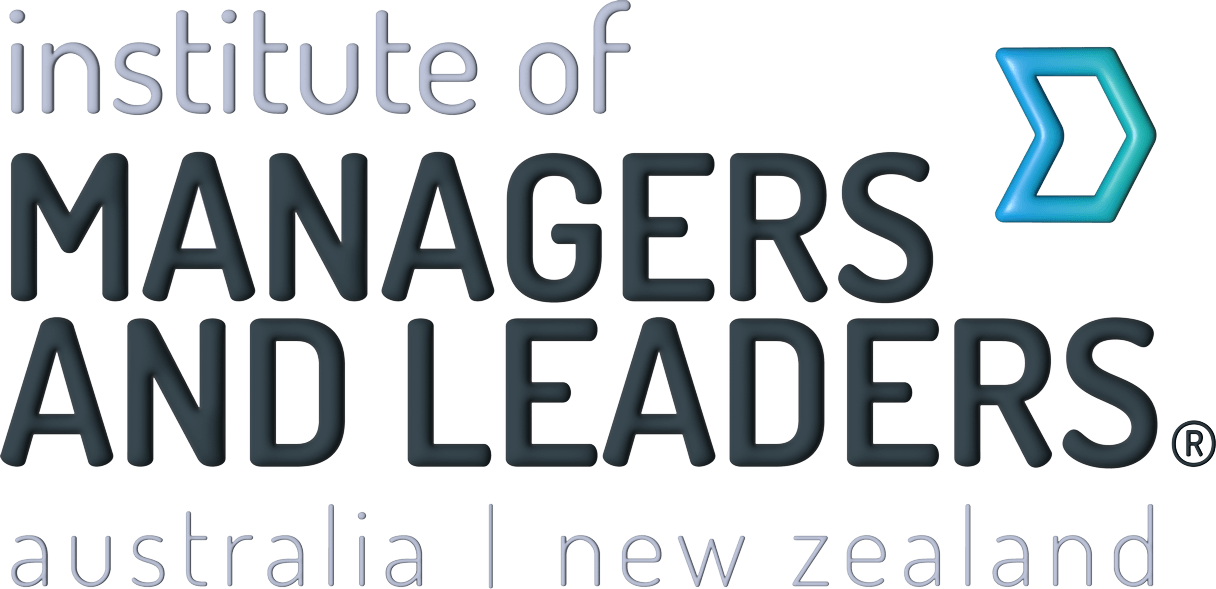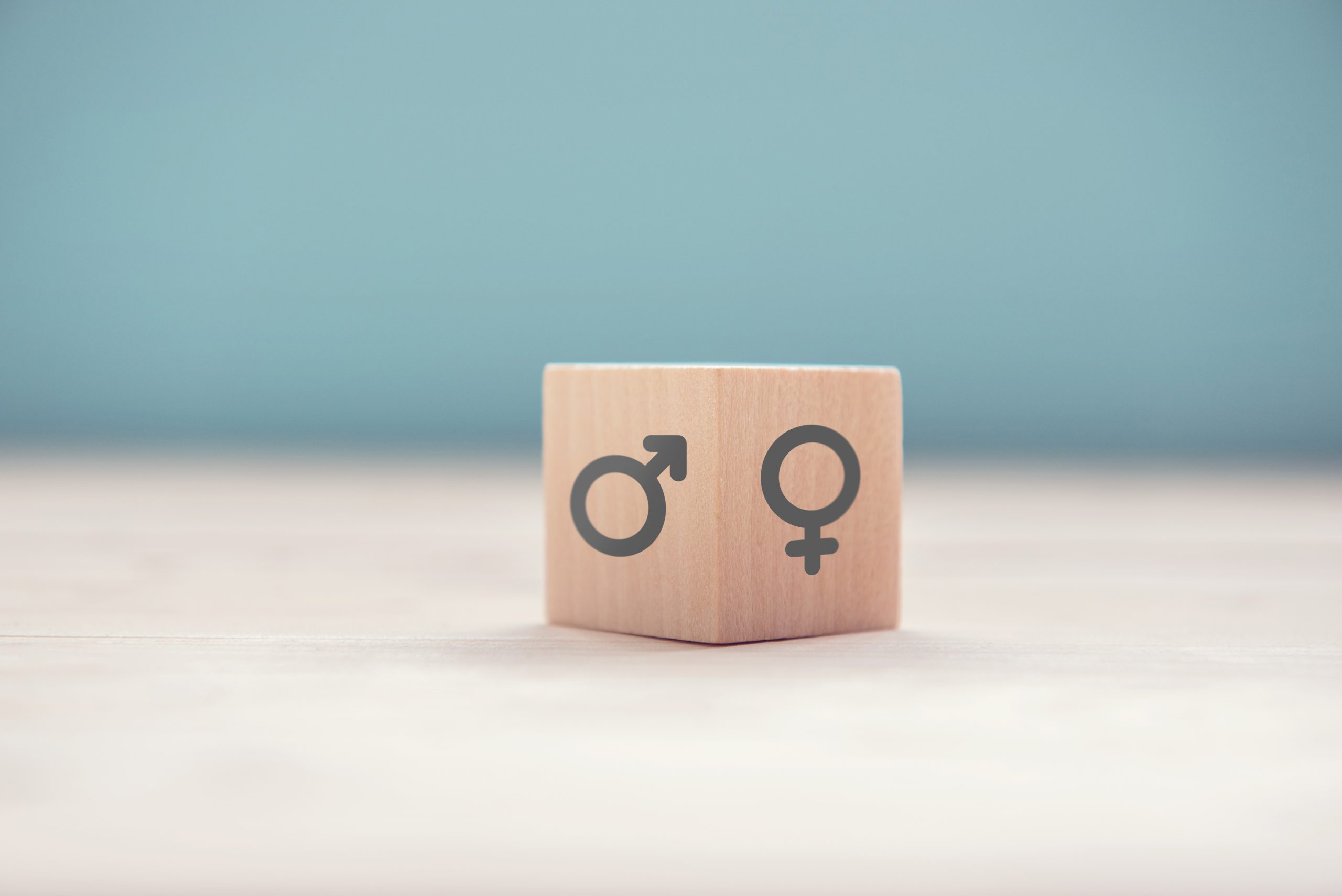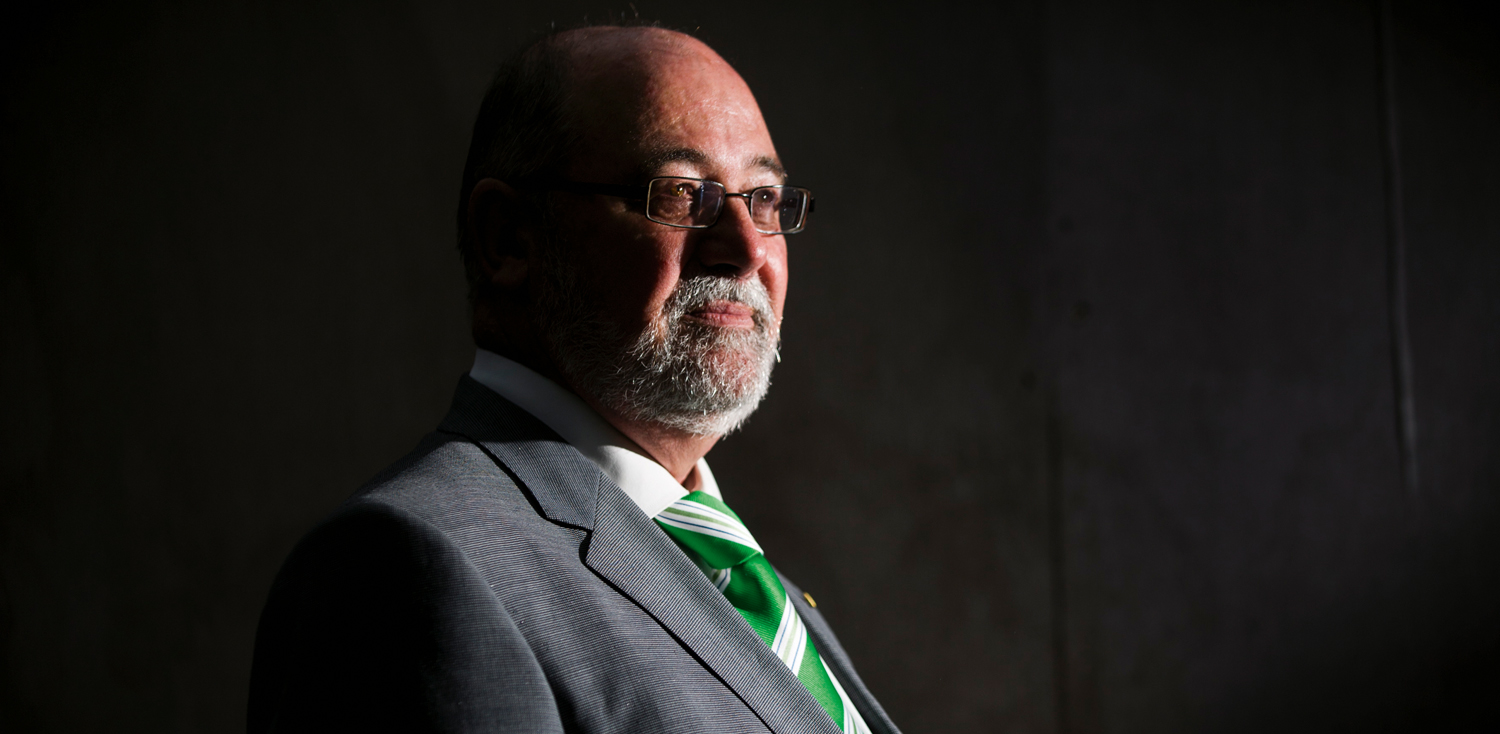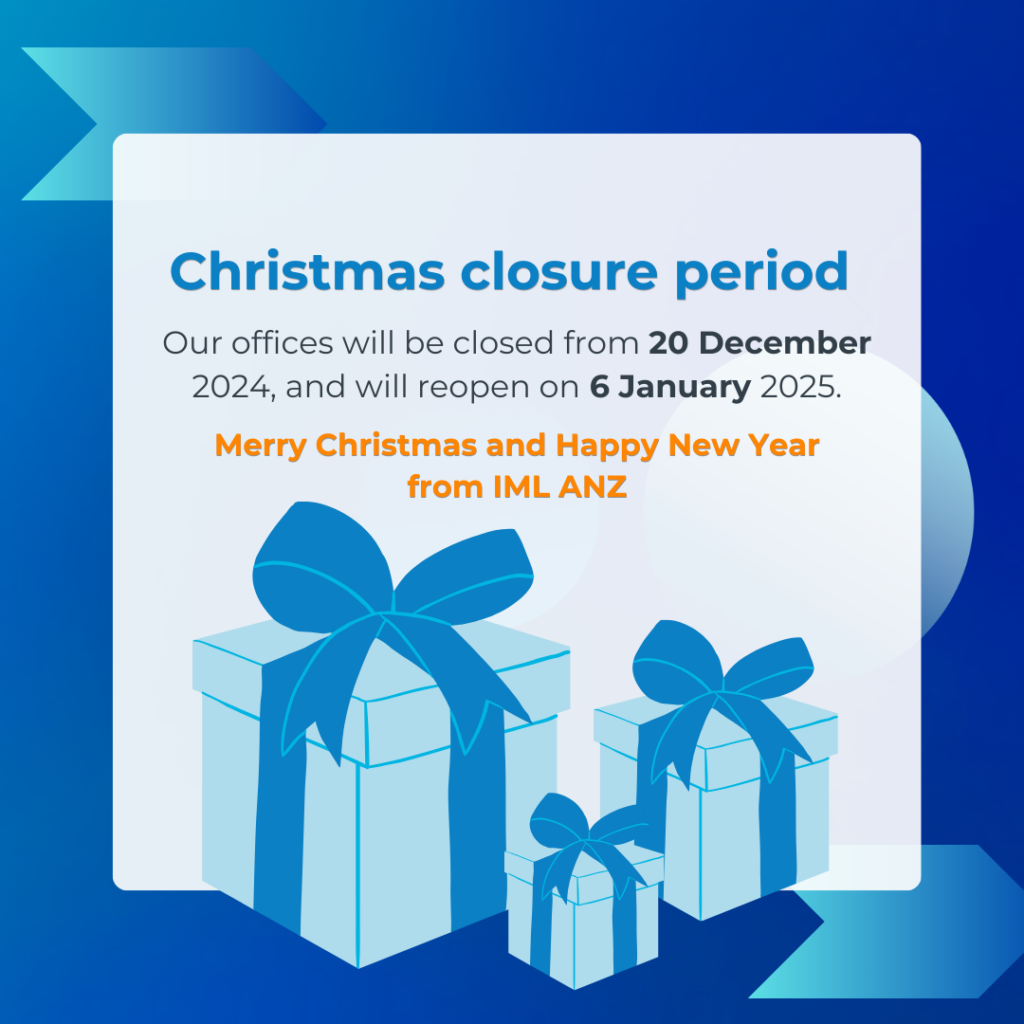Chair of the Canberra Raiders, Allan Hawke, says leadership and culture are critical to the club kicking goals.
By Anthony O’Brien.
Allan Hawke AC FIML is a former senior public servant and diplomat. He served as Chief of Staff to Prime Minister Paul Keating, led three major government departments including the Department of Defence, and was High Commissioner to New Zealand from 2003 to 2006, later adding Chancellor of the Australian National University to his list of credentials. For the past five years, Hawke has been Chair of the Canberra Raiders National Rugby League (NRL) team, where his unique brand of leadership is galvanising players, fans and the Canberra community to share a culture of success.
A winter’s night in Canberra can be inhospitable. But it takes more than sub-zero temperatures to dampen the spirits of the 12,000 Raiders fans who have turned out to barrack for their team. The gate count amounts to more than one in two of the club’s 20,000-plus membership, a figure that has doubled since Hawke took the helm and which he credits to the Raiders’ administration.
Hawke is justifiably proud of the growth in member numbers, and puts it down, in part, to culture. “Culture simply describes the way we do things around here,” he says. “It involves developing a set of shared and lived values about what it means to be a Raider.”
Results through people
Culture comes from the top, and the Raiders’ board has bucked the trend of most other NRL clubs by helping to crack the glass ceiling. Hawke, a long-time advocate of women in executive roles, explains; “One thing that has changed during the course of my five years as Chair, is that we now have two women on the Board. One is former group accountant, Yvonne Gillett. The other is former elite athlete and lawyer, Bronwyn Fagan.”
Combined with other leaders in their field on the current board, Hawke says he has “a good group of people”. Nonetheless, he is aware that having women on the board sends a clear message of inclusion to the broader community, and this, he believes, has helped to bolster the club’s female membership and participation. He’s recently been looking at the board’s composition and renewal and expects to add another female in the not too distant future, based on a particular skill set and aims in the longer term to achieve a ratio of 40 to 50 per cent women on the board.
However, one issue the board doesn’t touch is player selection. “You hire the Head Coach and the CEO to do that,” says Hawke. “You don’t second guess them by doing the job for them; it’s not the USA model where the Chair is also CEO and President.” This notion of giving employees the scope to effectively perform their role is at the heart of Hawke’s leadership philosophy. “I call it ‘results through people’,” he explains. “It’s based on a fundamental belief that unless you get the people side right, you cannot deliver and sustain high performance on the results side of the equation.”
Hawke’s views were formed early in his career when he moved from being a subject matter expert to having others report to him. Hungry for guidance on what it meant to be an effective leader, Hawke read widely and attended seminars. But it wasn’t enough. Finding the answers lay in self-reflection.
“I started looking for ways to maximise and optimise people’s performance and contribution to the job,” recalls Hawke. “I realised my role as a leader was to mentor, coach, and help people strive towards their potential and a continuing high level of performance. It’s all about bringing the best out in people; lighting the fire inside them rather than the all too prevalent control freak approach of lighting a fire underneath people.”
Indeed, Hawke is unwavering on the value of nurturing people: “If you get the people, the results will follow. If you spend all your time worrying about finances, results and the like, you’re just spinning your wheels; you won’t get the best out of people and you can’t create and sustain a high performing organisation.”
A sense of community
Hawke’s mantra on the value of people has seen player welfare become a cornerstone of the Canberra Raiders. Considerable support is given to help players invest in their future. However, they are expected to give back: “We’re interested in turning out good people,” Hawke says. “So our players are heavily involved in community-based activities, and that’s been very well received by the local community.”
Over the course of the season, the Raiders raised more than $70,000 as part of their game day charity fundraising for 12 local charities. And one of their first-grade squad, Sam Williams has been nominated for the NRL’s community award, the Ken Stephen Medal, in recognition of his ongoing role as an Ambassador for Ronald McDonald House as well as his personal fundraising and support for a young person in his home town, who was left a paraplegic after a backyard trampolining accident.
However, “community” can also be a very personal concept at the Raiders. Hawke cites the example of debutante Emre Guler, the first person of Turkish origin to play professional NRL. “His mother was given the honour of presenting him his first Raiders jersey,” says Hawke. “Anybody who saw that video clip would have been touched by the emotion of the moment. It was just extraordinary. It garnered so many positive responses, even from fans of other NRL clubs.”
Part of being a Canberra Raider is an expectation that players will embrace the club’s culture. Hawke notes, “I was a young player once and it’d be fair to say that I was no angel. And sometimes our players misbehave too. We have a reputation for helping people through their mistakes. But, if we feel they’ve really breached our culture, we move them on even though that has sometimes worked against us in terms of results on the field.” Despite this, Hawke believes the Canberra community supports the club’s disciplinary actions because “they can see that we are acting for what is right, not who is right”.
As head of the green machine’s board, Hawke admits it is a challenge steering the ship through Australia’s crowded sporting market. “We face competition, particularly from Australian Rules and soccer, which drives us to engage with the broader district to identify, recruit and develop talented kids through our junior development system.” He also continually looks at ways the club can make a difference to its supporters – a focus that has yielded results. Hawke says:
“We are currently in the best position
we’ve ever been in, in terms of sponsorship, membership and financials, which should deliver us an assured future.”
An independent report pinpoints the value delivered by the Raiders to the ACT in the 2017 season at almost $15.5 million. According to Hawke, “The Raiders give back to the Canberra and district community in a way that no other sporting club does in the ACT.” That concept of giving back is broad. “If you look around the Rugby League, there’s a disproportionate number of coaches, administrative people and media commentators, who have all come out of the Raiders,” says Hawke. “We’ve also made a big contribution in identifying and developing talent that goes on to play with other clubs. Maybe there’s something in the Canberra water; maybe they leave us with lime green in their bloodstream and an imprint of the Raiders DNA.”
Sticking to a game plan
Being inside the club at a high level has changed Hawke’s own experience of being a Raiders fan. “I figure it increases your blood pressure,” he quips. Though he adds, “When you can see clearly what this team is capable of and you try and rationalise this against some of the close losses we’ve had in 2018, it’s a bit of a conundrum.”
Hawke says an area of focus has been the players’ resolve to stick with a game plan. “In the past, they were unsure about how to handle adversity, and they would do things they would never do in the other 70 minutes of the game. These days they are executing what everyone has agreed on. The players have really come of age in that area as we saw in their last three games of the season, beating two of the top four teams at home and narrowly losing to the eighth team in Auckland, while remaining committed until the final whistle blew.”
Although 2018 won’t be the year the Raiders take out the premiership, Hawke says he will be “completely flummoxed” if the team doesn’t make the top eight in 2019.
Hawke continues to be passionate in his belief that through good leadership one man or one woman can make an incredible difference to an organisation. He stresses too the importance of life-long learning and says becoming a Chartered Manager sits near the top of his “To Do” list. (See managersandleaders.com.au/chartered-manager for details.)












